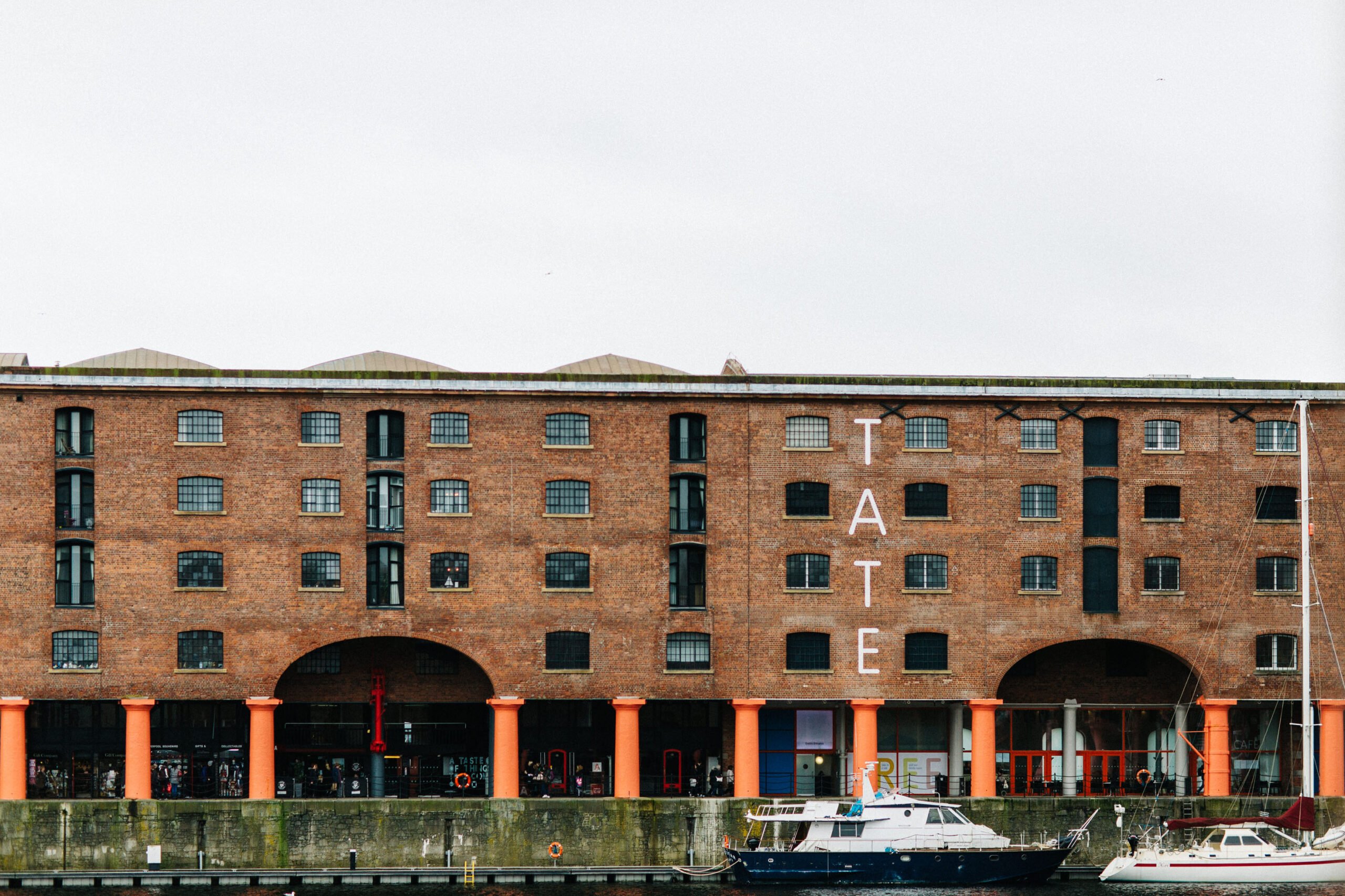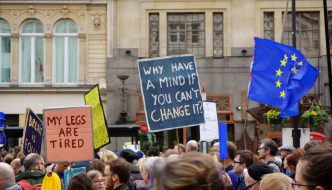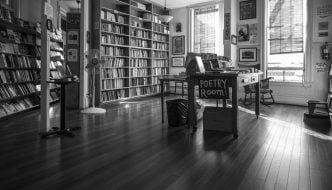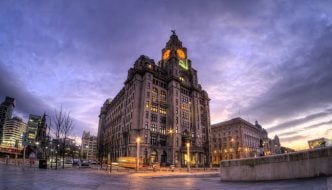
Tate Liverpool 1 © Tate Liverpool, Rachel Ryan Photography.
“In times of crisis it is not always politicians but artists, musicians and writers who rouse us from indifference”
-Simon Schama, The History of Now
Tate Liverpool is to close temporarily in the New Year for a complete ‘re-imagining’ of the Gallery’s space. The planned temporary closure of the Royal Albert Dock gallery prompts a rewind to more than 40 years ago when the idea for the gallery was first mooted.
Artists have always reflected the times in which they live and then, as now, the country was in turmoil under a Conservative government. Tate Liverpool was born out of those desperate days, when the country was in revolt over urban decay, de-industrialisation, unemployment and violence in inner cities. In Liverpool the unrest exploded in Toxeth in 1981 where, for the first time in mainland Britain, police used CS gas to disperse rioters. Many still question what an art gallery has to do with national politics but the funding of the arts is always political and the story of Tate Liverpool is an example of just how much the two are inextricably linked.
Lord Heseltine – then Michael Heseltine – who became known as the unofficial “minister for Merseyside”, had the job of coming up with a strategy for Margaret Thatcher’s government to deal with the unrest in the city:
“When the riots came I thought, ‘well look. I’m responsible for this, I have a partnership with these people and they’ve rioted’. I realised quite quickly that I would have to have answers”.
Tate’s then Director, the late Sir Alan Bowness, had formulated the idea for a Tate in the North a few years earlier. Lord Heseltine, anxious to come up with possible solutions to the turmoil in Liverpool, then grasped the proposal and added it to his list. Nowadays, it is more common for major institutions to have a presence in different locations but back in the early 1980’s it was a radical notion.
Many at the time were sceptical, to say the least – people in Liverpool, as well as members of Mrs Thatcher’s cabinet. Official papers released in 2011 under the 30-year rule revealed the chilling truth that some in the government had not wanted to give any funds to Liverpool but instead wanted to abandon the city to a “managed decline”.
The urban decay in England of the time was immortalised in a hit song, ‘Ghost Town’ by The Specials. The recent death of Terry Hall, the band’s front man, has led to a resurgence of the song, its lyrics once again finding resonance…
“Government leaving the youth on the shelf, This place (town) is coming like a ghost town, No job to be found in this country, Can’t go on no more, The people getting angry”.
One of the people with whom the song resonated back then was Maria Balshaw, then a child, now Director Tate Museums and Galleries. Four decades on, she chose Ghost Town as the first of her eight records on Desert Island Discs, making the clear link between art and politics:
“My family, especially my extended family, [is] very political, and I realised that this song was about the Thatcher government and the state of English society. It made the hairs stand up on the back of my neck because it was effortlessly cool and it was also about protest and that’s very important to me”.
The forthcoming revamp of Tate Liverpool has been made possible by a grant from Boris Johnson’s flagship Levelling Up Fund – a fund that has received criticism for reasons ranging from, the way it pits communities against each other in a bidding process, to the fact that it is necessary at all. The £10m allocated to Tate Liverpool is part of a combined £20m bid with National Museums Liverpool for the development of their waterfront projects.
Tate Liverpool Director, Helen Legg, says the makeover will be something very special:
“I’m excited to see how Tate Liverpool can best serve the needs of art, artists and our visitors in the future. We will develop social spaces that better connect with the city and its communities, creating an environment that is flexible and inviting and able to host people, art and ideas in equal measure”.
The architects chosen to lead the re-design are from the practice 6a based in London. The firm won an open competition that drew applicants from all over the world. 6a’s Founding Director, Stephanie Macdonald, says they have an “incredible starting point from which to develop a new sustainable, social and accessible museum for the future … to imagine how this great museum can once again offer artists and audiences a renewed experience of art”.
Liverpool is a city where a great many ‘firsts’ happened (there is a wall in the city’s Central Library listing some of them) and when Tate Liverpool opened in 1988 it was England’s first national gallery to be dedicated to contemporary art. The intervening years have shown that the arts were a catalyst for regeneration of Liverpool and other cities.
The Gallery is now one of Liverpool’s top cultural tourist attractions and has built a world-renowned reputation for its high exhibition standard of national and international artists. Alongside the programme of exhibitions, Tate Liverpool has also been working within the city’s communities with arts projects such as Tackling the Blues and Novus, extending its influence beyond the gallery walls.
Current exhibits include the four short-listed artists of this year’s Turner Prize, the winner being Veronica Ryan. The prize was named after JMW Turner, whose paintings and sketches you can see at Tate Liverpool, accompanied for the first time by an immersive sound environment with music composed by Lamin Fofana.
An announcement regarding the date for the temporary closure and its duration is expected in Spring 2023. Meanwhile the Gallery will be open as usual. While the iconic 19th century building is being ‘re-imagined’, Tate Liverpool plans to use other locations across the city to run arts activities.
***
Update: Tate Liverpool will be closed from the 16 October 2023 and will be reopening in 2025.




Comments